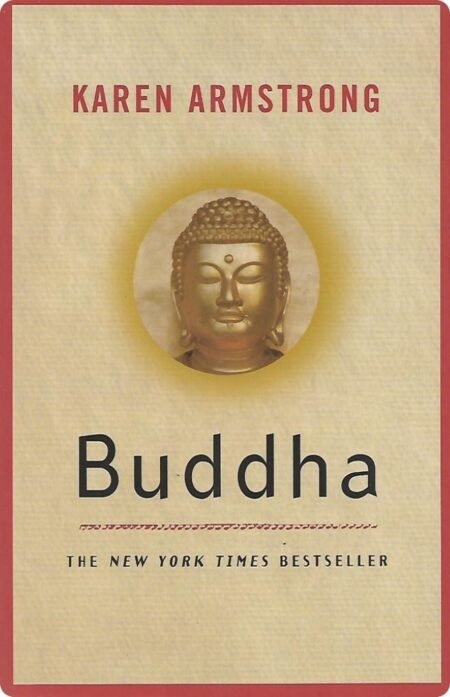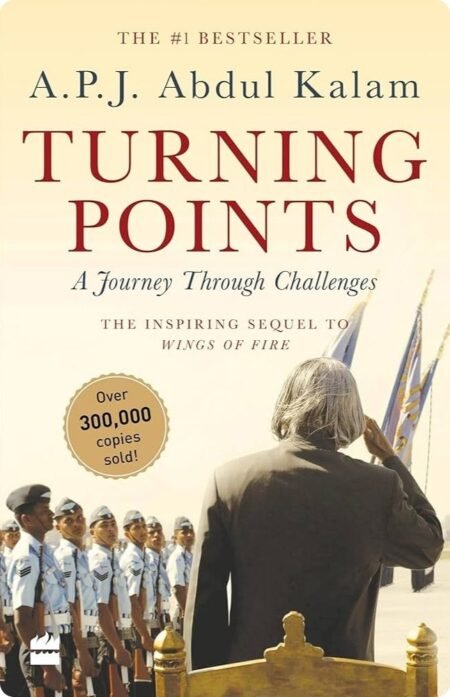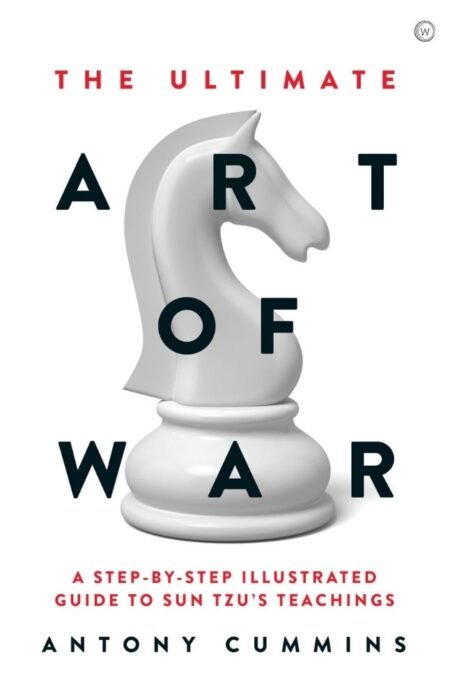Description
Henry Kissinger uses his long and successful career at the center of American foreign policy and his deep knowledge of diplomatic history to show how global relations have changed over the past four centuries and to find the principles that will help us get through the problems of the twenty-first century. The book has three parts, and it is both broad in its historical scope and detailed in its analysis.
- The Beginning of Modern Diplomacy
Kissinger starts with the huge changes that the Peace of Westphalia (1648) brought about. This treaty created the idea of sovereign states as the building blocks of international order. He compares China’s old tributary model and the Ottoman millet system to Europe’s balance-of-power system, which is based on changing coalitions and realpolitik. Kissinger uses vivid images of Cardinal Richelieu, Bismarck, and other strategic builders to explain how each model included cultural, theological, and philosophical ideas that led to different ways of governing and dealing with conflict.
- The American Moment and the Liberal Order After the War
Kissinger talks about how two global wars in the twentieth century destroyed old empires and made it possible for the United States to create a rules-based order based on open markets, collective security, and democratic values. He talks on how the United Nations, NATO, and the Bretton Woods system tried to turn national goals into cooperative frameworks, using his own memories of negotiating détente with the Soviet Union and opening China to the West as examples. He talks about the order’s triumphs, such the longest period of peace between major powers in history and extraordinary wealth. He also talks about its flaws, like the conflict between universal principles and state sovereignty.
- The New Reality of Many Poles
Kissinger says that when the Cold War ended, the idea of a “end of history” gave way to a world that was more complicated and full of conflict. The old system is under a lot of stress because China and India are getting stronger, Russia is getting stronger again, and power is spreading to nonstate players. The Middle East, Eastern Europe, and the South China Sea are all examples of how local problems may have effects around the world. At the same time, the speed of technical change cyber warfare, artificial intelligence, and rivalry in space has gone beyond what is normal.
Kissinger ends with a list of things that need to be done to create a stable world order in the face of these problems:
Reinvigorated Multilateralism: Make international organizations stronger while still recognizing cultural and political differences. Make sure that organizations like the UN reflect the current balance of power.
Great-Power Dialogue: Get the US, China, Russia, and other rising nations to meet regularly at summits to deal with problems and avoid making mistakes.
Regional Frameworks: Give groups like ASEAN and the African Union the capacity to settle local problems before they get worse.
Technological Governance: Set global standards for new areas like cybersecurity, biotechnology, and space travel to stop arms races that could be harmful.
Kissinger’s work is a mix of knowledge and common sense. His portraits of famous people like Peter the Great, Churchill, and Deng Xiaoping are full of the hard-won lessons of personal diplomacy. His analysis of current flashpoints is based on a realistic understanding of power and interest. Above all, World Order is a call for fresh statesmanship. It reminds us that peace is not a gift from history, but something that must be worked for.
About the Author
Henry A. Kissinger (b. 1923) served as U.S. National Security Advisor (1969–1975) and Secretary of State (1973–1977), earning the Nobel Peace Prize for his role in negotiating the Paris Peace Accords. A prolific writer and lecturer, he is the author of such seminal works as Diplomacy, On China, and A World Restored. Privately active as a consultant to leaders around the globe, Kissinger continues to shape debates on international strategy and the art of the possible.
Product Details
- Title: World Order
- Author: Henry A. Kissinger
- ISBN-13: 9780143127710
- Publisher: Penguin Books
- Published: September 13, 2014
- Pages: 704
- Binding: Paperpack









Reviews
There are no reviews yet.